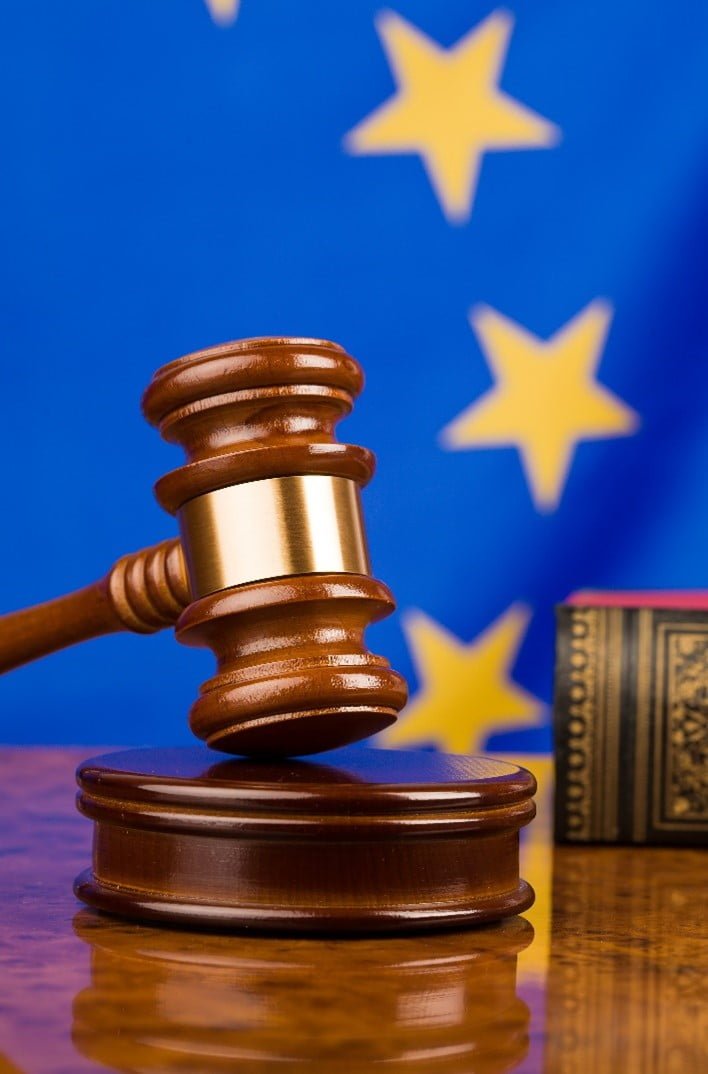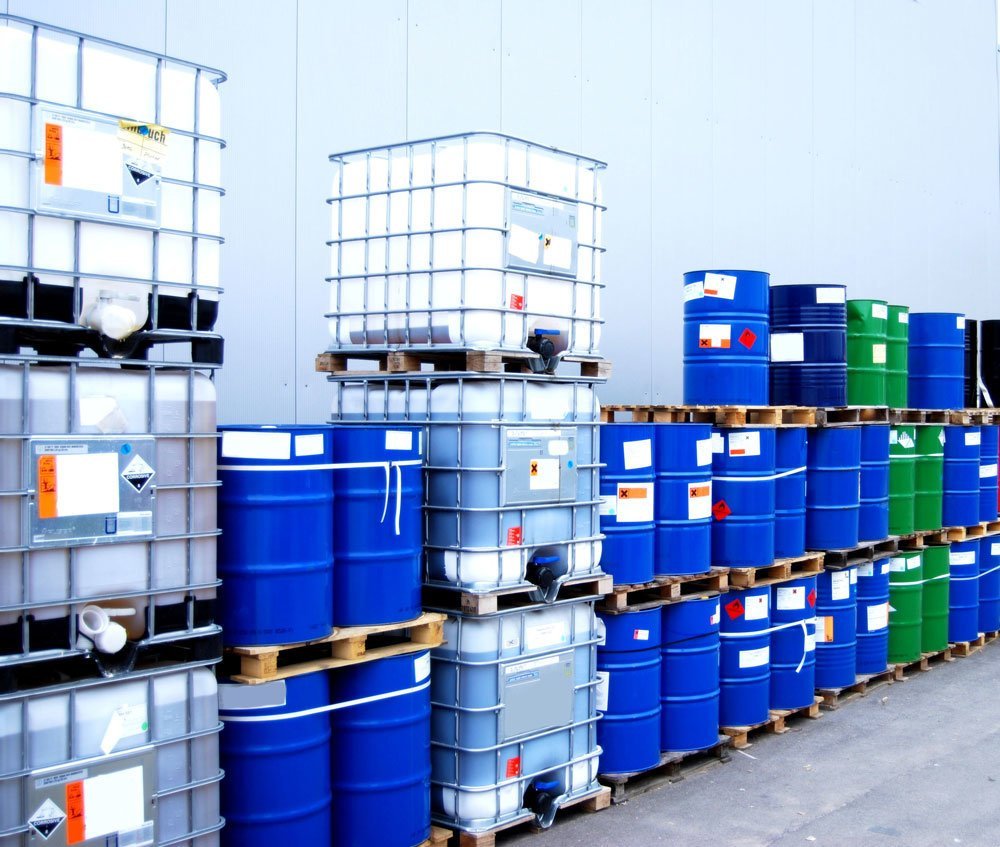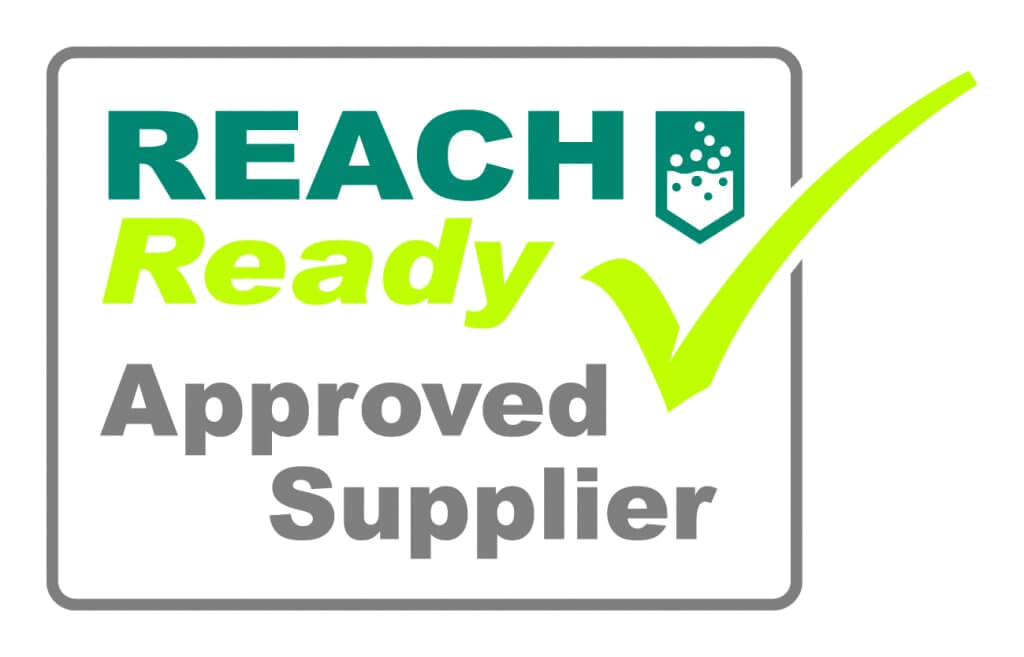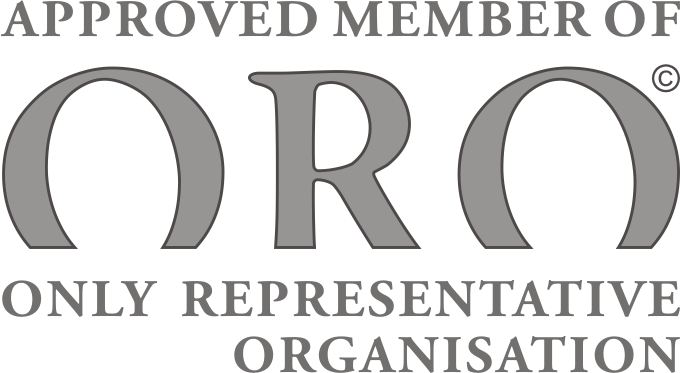GHS
The Globally Harmonized System of Classification and Labelling of Chemicals (GHS) is a standard developed by the United Nations (UN) to globally standardize and harmonize the classification and labeling of chemicals.
This system was developed on the grounds that there were significant differences and inconsistencies in classifying and labeling chemical products among countries and territories.
Under such a situation, it was difficult for competent authorities to govern chemical-related activities, challenging for companies to comply with different local regulations, and confusing for workers and consumers to get appropriate information on chemical hazards.
To address this issue, the UN has developed GHS as a comprehensive solution that provides:
- harmonized criteria for hazard classification of substances and mixtures based on their intrinsic physical, health, and environmental hazards
- harmonized hazard communication elements, which include the format and content of labels and safety data sheets (SDS) such as:
- predefined sections and sub-sections
- pictograms
- signal words
- hazard statements
- precautionary statements
GHS building block approach
The UN-GHS is a voluntary international system that is not legally binding for any country. In other words, GHS provides a recognized and comprehensive framework as a reference.
More specifically, under a so-called building-block approach, countries are free to adopt GHS elements that are applicable to them to develop and implement their national GHS or to supplement their existing chemical legislation system.
For example, the adaptation of relevant GHS elements can be considered based on the product sector, the use settings, the target audiences, etc.
To date, numerous regions and countries worldwide have adopted and enacted GHS. For instance, the European Union has established its version of GHS through Regulation 1272/2008 (CLP), which regulates the Classification, Labelling, and Packaging of products.
UN-GHS has undergone various revisions over the years. The most recent revised edition is the tenth version of the GHS (GHS Rev.10), published in 2023.
Target audiences of GHS
- consumers
- workers
- transportation workers
- emergency responders

Purposes of GHS
The aim of GHS is to improve the protection of human health and the environment during the handling, transport, and use of chemicals. Workers and the public can now refer to available hazard information to enhance their safety at work and daily life.
GHS guidance also supports emergency responders with more efficient responses and best practices in case of chemical incidents. Animal welfare is also improved as detailed guidance on possible alternatives is provided.
GHS also plays a vital role in facilitating international trading activities in chemicals whose hazards have been properly identified by providing harmonized rules for classification and hazard communication.
“GHS provides harmonized criteria for the classification of substances and mixtures and harmonized hazard communication elements including labels and SDSs.”
GHS offers these key benefits:
- Bringing global harmonization & consistency of chemical safety information
- Providing better protection of human health and environmental
- Providing a recognized framework as a reference for countries to develop or upgrade their national regulations
- Promoting better emergency response to chemical incidents
- Promoting safe transportation of hazardous goods
- Reducing testing, especially animal testing
- Saving time and expense
- Smoothening global trade in chemicals
Key components of GHS
- Classification criteria for substances and mixtures
- Physical hazards
- Explosives
- Flammable gases
- Aerosols and gases under pressure
- Oxidizing gases
- Gases under pressure
- Flammable liquids
- Flammable solids
- Self-reactive substances and mixtures
- Pyrophoric liquids
- Pyrophoric solids
- Self-heating substances and mixtures
- Substances and mixtures which, in contact with water, emit flammable gases
- Oxidizing liquids
- Oxidizing solids
- Organic peroxides
- Corrosive to metals
- Desensitized explosives
- Health hazards
- Acute toxicity
- Skin corrosion/irritation
- Serious eye damage/eye irritation
- Respiratory or skin sensitization
- Germ cell mutagenicity
- Carcinogenicity
- Reproductive toxicity
- Specific target organ toxicity-single exposure
- Specific target organ toxicity-repeated exposure
- Specific target organ toxicity-repeated exposure
- Aspiration hazard
- Environmental hazards
- Hazardous to the aquatic environment
- Hazardous to the ozone layer
- Physical hazards
- Hazard communication
Hazard communication: Labelling and Safety Data Sheets- Pictograms
- Signal words: to indicate the level of severity of the hazard and alert the reader to a potential hazard of the product.
- Example: Danger
- Hazard statements: phrases assigned to a hazard class and category that describe the nature of the hazards of a hazardous product, including the degree of hazard.
- Example: H221: Flammable gas, H319: Causes serious eye irritation
- Precautionary statements: Phrases (and/or pictograms) that describe recommended measures that should be taken to minimize or prevent adverse effects resulting from exposure to a hazardous product or improper storage or handling of a hazardous product. There are five types of precautionary statements:
- General (codes “P1xx”). Example: P102: Keep out of reach of children.
- Prevention (codes “P2xx”). Example: P270: Do not eat, drink, or smoke while using this product.
- Response (in case of spillage or exposure) (codes “P3xx). Example: P302+P352: IF ON SKIN: Wash with soap and water.
- Storage (codes “P4xx”). Example: P402: Store in a dry place.
- Disposal (codes “P5xx”). Example: P502: Refer to manufacturer or supplier for information on recovery or recycling.
EU – CLP
Developed based on the UN-GHS, the Classification, Labelling and Packaging (CLP) Regulation (EC) No 1272/2008 came into force in 2009 to regulate the classification and labeling of substances and mixtures in the EU market.
CLP is a legally binding regulation for all EU Member States. Its aim is to protect human and environmental health and facilitate the smooth movement of chemical-related products inside the Union.
Under the CLP, manufacturers, importers, or downstream users of a substance or mixture are obligated to classify, label, and package them before placing them on the market.
Once the substance or mixture is classified as hazardous, the hazard information, including hazard class and category, must be communicated to actors involved in the supply chain.
The hazard communication is visually enabled in the form of hazard labeling, which consists of specific labeling elements:
- pictograms
- signal words
- hazard and precautionary statements

The label and safety data sheet must both be prepared in the official language(s) of the country where the product is placed on the market.
“CLP is a legal-binding regulation to all Member States in the European Union. The main actors under CLP regulation are manufacturers, importers, and downstream users.”
In the CLP, certain hazardous substances have harmonized classification and labeling. This harmonization of classification and labeling ensures sound and harmonized risk management throughout countries in the Union for chemicals whose hazards meet specific criteria set in the regulation. A competent authority, manufacturer, importer, or downstream user can also submit proposals for harmonized classification and labeling of substances to the European Chemical Agency (ECHA).
Substances subject to REACH registration or meeting certain criteria about hazard classification and concentration limit must have their classification and labeling information notified to the C&L inventory database managed by ECHA. The manufacturer or importer responsible for placing the substance on the market is responsible for notifying the C&L inventory.
In accordance with Article 45 of CLP, importers or downstream users placing hazardous mixtures on the market that are classified as hazardous for human health or physical hazards must provide specific information on their mixtures to appointed bodies through a process called Poison Center Notification (PCN).
Vietnam-GHS
Through the Law on Chemicals No. 06/2007/QH12 and Decree No. 113/2017/ND-CP, Vietnam has adopted and implemented technical rules and guidelines of GHS version 2 (2007) onwards. In particular, classifications, labeling, and safety data sheets were required for hazardous substances from 30/03/2014 and hazardous mixtures from 30/03/2016. According to the regulations, SDSs shall be made in Vietnamese language.
GHS compliance with our expertise
Chementors understands the challenges that GHS regulations may put on clients. From years of working in the GHS field on a daily-task basis, we are experienced in the classification and labeling requirements of different countries worldwide.
- We are well-equipped with an up-to-date safety data sheet and label authoring system, Chemeter, that enables us to efficiently generate and translate legal SDSs and labels into multiple languages for requested market areas.
- We can also help you review your current SDS and label to ensure their full compliance with the most updated regulations of the country of destination.
- When necessary, we will discuss relevant issues with your suppliers to gather the information needed to classify and label the product.
- When applicable, we also evaluate available data to consult plausible options of classification and labeling tailored to your needs.
- If needed, we assist clients with researching reformulation options for the product to minimize classification or to substitute substances of concern with safer alternatives.
Chementors also handles C&L inventory and PCN notification under EU-CLP regulations and other country-specific GHS requirements.
Chementors’ GHS services
- SDS & label authoring service
- SDS & label translation
- SDS update and revision
- Compliance checks on the existing SDS & label
- Consult alternatives for product formulation
- Poison center notification (EU-CLP)
- C&L inventory notification (EU-CLP)
- Other country-specific GHS requirements
Our main goal is to manage all chemical regulatory issues on a turnkey basis to support clients in opening the gate to the market.
Countries that have adopted and implemented the GHS system
| o Argentina | o Greece | o Norway |
| o Armenia | o Guatemala | o Paraguay |
| o Australia | o Guinea | o Peru |
| o Austria | o Honduras | o Philippines |
| o Belarus | o Hungary | o Poland |
| o Belgium | o Iceland | o Portugal |
| o Bolivia | o Indonesia | o Republic of Korea |
| o Brazil | o Ireland | o Romania |
| o Bulgaria | o Israel | o Russian Federation |
| o Cambodia | o Italy | o Senegal |
| o Canada | o Japan | o Serbia |
| o Chile | o Kazakhstan | o Singapore |
| o China | o Kyrgyzstan | o Slovakia |
| o Colombia | o Lao People’s Democratic Republic | o Slovenia |
| o Costa Rica | o Latvia | o South Africa |
| o Côte d’Ivoire | o Liechtenstein | o Spain |
| o Croatia | o Lithuania | o Sweden |
| o Cyprus | o Luxembourg | o Switzerland |
| o Czech Republic | o Madagascar | o Thailand |
| o Democratic Republic of Congo | o Malaysia | o Tunisia |
| o Denmark | o Malta | o Turkey |
| o Ecuador | o Mauritius | o Ukraine |
| o Estonia | o Mexico | o United Kingdom |
| o Finland | o Montenegro | o United States of America |
| o France | o Myanmar | o Uruguay |
| o Gambia | o Netherlands | o Viet Nam |
| o Germany | o New Zealand | o Zambia |
| o Ghana | o Nigeria |









